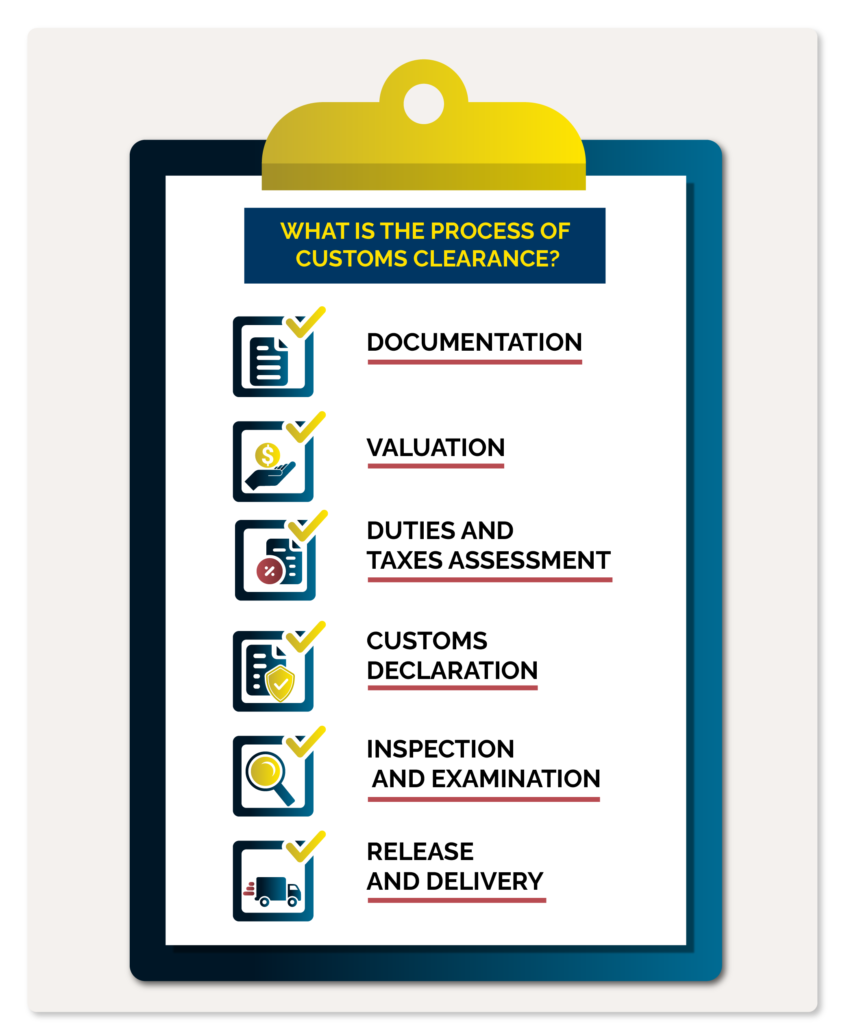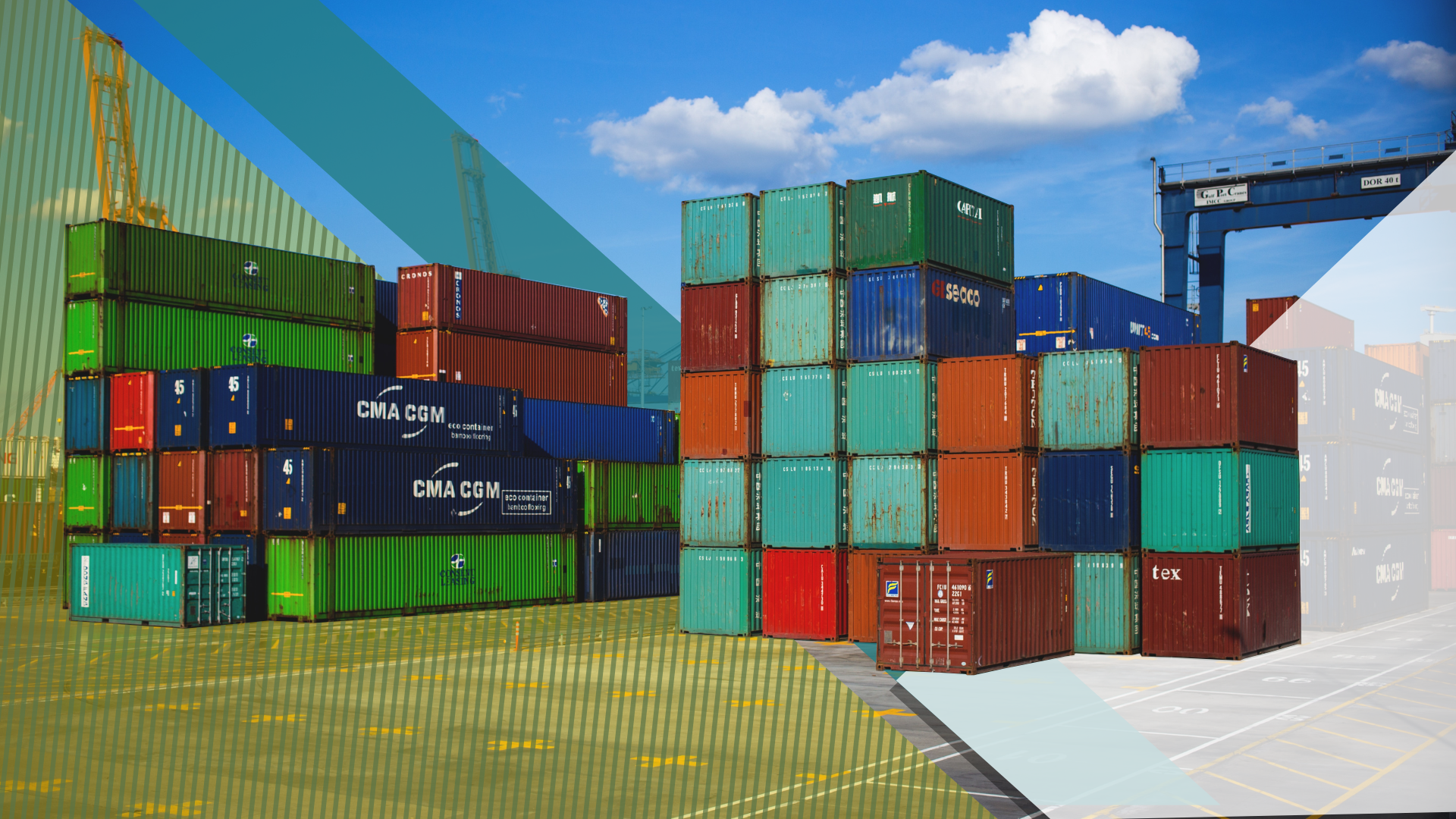Whether you’re an experienced international trader or a newcomer venturing into the global market, a persistent challenge looms large – the intricacies of customs clearance. It’s the gateway through which goods must pass when crossing international borders, and it’s a process that can be as intricate as it is essential. In this article, we will explain what customs clearance is and how working with a customs broker can help with the international shipping process for your business.
What is Customs Clearance?
Customs clearance is a process within international trade that involves the documentation, inspection, and regulatory procedures necessary for goods to cross international borders. Dating all the way back to ancient civilizations, customs practices have evolved over time to regulate the flow of goods and collect revenue for governments. And today, it plays a pivotal role in global commerce.
Proper customs clearance not only facilitates the efficient movement of goods but also helps safeguard a country’s economic interests, public safety, and national security. Navigating this process is crucial for businesses engaged in international trade to avoid delays, penalties, and ensure the seamless flow of goods across borders.
What is The Process of Customs Clearance?
The process of customs clearance involves several steps that goods must go through when they cross international borders. This process ensures that imported and exported goods comply with the customs regulations and laws of the country they are entering or leaving. Here is a general overview of the typical steps involved in customs clearance:
- Documentation: Importers or exporters provide relevant documentation to customs authorities.
- Valuation: Customs authorities determine the customs value of the goods. This value is usually based on the transaction price (the price actually paid or payable for the goods), adjusted for certain costs such as transportation and insurance.
- Duties and Taxes Assessment: Import duties, taxes, and fees are calculated based on the customs value, tariff classification, and any applicable trade agreements. Importers are required to pay these duties and taxes to clear their goods.
- Customs Declaration: Importers must submit a customs declaration or entry form. This document includes information about the goods, their value, origin, and other relevant details. It is essential for customs authorities to assess duties and taxes accurately.
- Inspection and Examination: Customs authorities may inspect and examine shipments to ensure compliance with safety, health, environmental, and quality standards. Physical inspections or X-ray scans of containers may be conducted.
- Release and Delivery: Once customs clearance is granted, customs authorities issue a release order or clearance certificate. This allows the goods to be released for onward transportation to their final destination. The importer or consignee can take possession of the cleared goods.

Customs Clearance Documents
In the customs clearance, you will need to provide several documents to complete the process. This includes:
- Commercial Invoice: provides itemized detail of each product ordered and the costs involved.
- Packing List: A detailed document that accompanies a shipment of goods and provides a comprehensive inventory of the items included in the shipment.
- Certificate of Origin: An official document that certifies the country in which goods were manufactured or produced
- Letter of Credit: A letter from the bank that assures the seller of timely payment. In the event the buyer encounters challenges fulfilling their payment, the bank commits to step in and make the payment to the seller.
- Bill of Lading (BOL): A legal document used to detail the type, quantity, and destination of goods being transported, serving as both a receipt and a contract between the shipper and the carrier.
- CBP form 7501 ‘Entry Summary’: A document used by the U.S. Customs and Border Protection to declare information about imported goods and calculate applicable customs duties and taxes.
How To Make the Customs Clearance Process Easier
The customs clearance process can be complex, but there are several steps businesses can take to make it easier:
- Research and Understand Regulations: Prior to importing or exporting goods, it’s important to research and understand the customs regulations and requirements of the countries being shipped to. (Ex. Understanding what items are restricted.)
- Classification of Goods: Properly classify your goods according to the Harmonized System (HS) code. Correct classification is crucial for calculating duties and taxes accurately.
- Valuation of Goods: Provide accurate and transparent information about the value of your goods. Misrepresenting the value can lead to legal issues and delays.
- Electronic Filing: Many countries offer electronic customs clearance systems that allow you to submit documents and declarations online. Using these systems can speed up the process.
- Plan for Delays: Be prepared for unexpected delays due to inspections, documentation issues, or other factors. Build extra time into your supply chain to account for potential delays in customs clearance.
What Is A Customs Broker?
A customs broker is a specialized firm that helps businesses with importing and exporting goods. They act as a middle-man, connecting their clients with customs authorities to make sure that the process of clearing customs goes smoothly without any problems. This is important because it ensures that goods can move in and out of countries efficiently and in accordance with the rules.
Advantages of A Customs Broker
Working with a customs broker offers several benefits for individuals and businesses involved in international trade:
- Expertise and Knowledge: Customs brokers are specialists in customs regulations, procedures, and documentation. They have a deep understanding of the complex rules and requirements of different countries, which can be especially valuable when dealing with unfamiliar or changing regulations.
- Reduced Risk of Errors: Customs documentation is detailed and can be prone to errors. Customs brokers are experienced in accurately completing and submitting the required paperwork, reducing the risk of mistakes that could lead to customs delays or penalties.
- Efficiency and Speed: Customs brokers have established relationships with customs authorities and know how to navigate the clearance process efficiently. This can lead to faster clearance times and fewer delays.
- Cost Savings: While customs brokers charge fees for their services, their expertise can often help individuals and businesses save money in the long run. They can help identify cost-saving opportunities, such as preferential trade agreements or duty drawbacks.
- Compliance Assurance: Customs brokers are well-versed in compliance with customs laws and regulations. They can help ensure that individuals and businesses remain in compliance with all relevant laws, reducing the risk of legal issues or fines.
- Handling Complex Situations: When dealing with complex shipments, such as those involving multiple countries, special permits, or restricted items, customs brokers can offer valuable guidance and solutions to navigate these challenges.
- Risk Mitigation: Customs brokers can help identify and address potential issues or red flags that may arise during the clearance process. Their experience can help individuals and businesses mitigate risks associated with international trade.
Customs Clearance FAQ
How Long Does Customs Clearance Take?
In many cases, customs clearance can take a few hours to a few days, but it can occasionally take longer, especially if there are complications or issues with the shipment.
What Documents Do I Need for Customs Clearance?
When importing goods, you need the following vital documents:
- Commercial invoice provided by the supplier
- Packing list
- The certificate of origin
- Letter of Credit (LC)
- Bill of Lading
- CBP Form 7501 ‘Entry Summary’
- Copies of permits, certificates, memorandums, etc.
- Cargo control documents for goods that have require special permits
How Can I Check the Status of Goods In The Customs Clearance Process?
You can check the status of goods in the customs clearance process by reaching out to your customs broker, using online customs portals if available, or contacting the customs authorities directly at the port of entry, providing them with the customs entry number for reference.
When Is Customs Clearance Required?
Customs clearance is required when goods are being imported or exported across international borders. It’s a pivotal step in the international trade process and is necessary to ensure that goods comply with customs regulations, pay any applicable duties and taxes, and gain legal entry into the importing country.
What’s the Difference Between a Customs Broker and a Freight Forwarder?
While both parties assist with the movement of goods, they aren’t exactly the same service provider. A customs broker specializes in navigating customs regulations and facilitating the clearance of goods through customs on behalf of importers or exporters, ensuring compliance with customs laws. In contrast, a freight forwarder focuses on the logistics of shipping and transportation, arranging the movement of goods from one location to another, including handling documentation, cargo consolidation, and selecting the most efficient shipping methods.
Working With An All-In-One Logistics Partner
It can be useful for a business to partner with an entity that provides both customs clearance and freight forwarding services. This helps businesses not only consolidate multiple partnerships under one umbrella, but also helps reduce costs and improve efficiency. Nautical works closely with sister company, Current International Freight, to guarantee the efficient export and import of your goods, consistently delivering on your logistics requirements.




